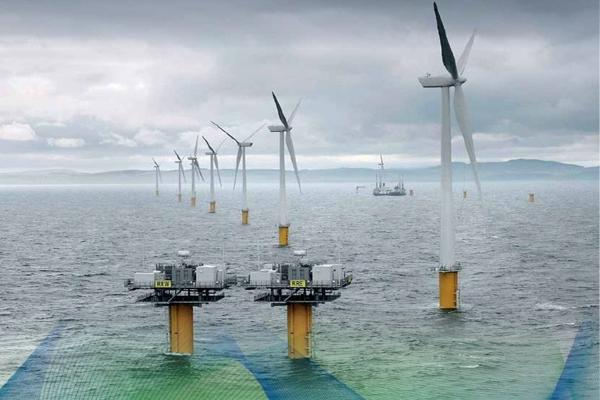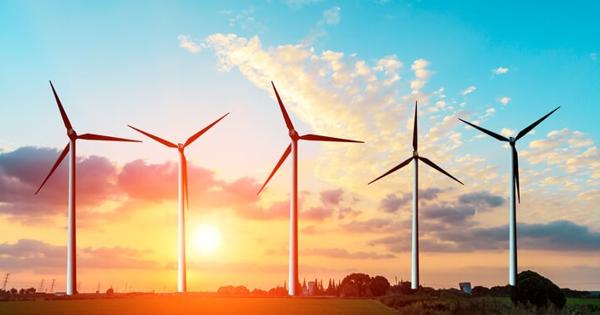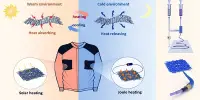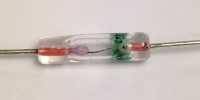Researchers describe a real-time method for potentially assisting turbine farms in gaining additional power from turbine clustering. Their method requires no new sensors to identify which turbines, at any given time, could increase power production if yaw control is used, and validation studies revealed an increase in an overall power gain of 1% – 3%.
Optimization of yaw, or the alignment of a wind turbine’s angle relative to the horizontal plane, has long shown promise in the wind power industry for mitigating wake effects, which cause a downstream turbine to produce less power than its upstream partner. However, a critical missing piece in the application of this knowledge has recently been added: how to automate the identification of which turbines are experiencing wake effects in the face of changing wind conditions.
In the wind energy industry, optimizing yaw, or the alignment of a wind turbine’s angle relative to the horizontal plane, has long shown promise for mitigating wake effects, which cause a downstream turbine to provide significantly less energy than its upstream companion. However, a critical missing puzzle piece in the application of this data has recently been added—how to automate the identification of which generators are experiencing wake effects in the face of changing wind conditions.
Researchers describe a real-time method for potentially helping turbine farms realize additional power from the clustering of their turbines.
Researchers from the University of Texas at Dallas describe a real-time method for potentially assisting turbine farms in realizing additional power from clustering their turbines in the Journal of Renewable and Sustainable Energy, published by AIP Publishing. Their method requires no new sensors to identify which turbines, at any given time, could increase power production if yaw control is used, and validation studies revealed an increase in an overall power gain of 1% – 3%.
“There was a huge gap in how to automatically determine which turbine is in the wake of another in the field with variable wind conditions,” co-author Stefano Leonardi explained. “This is what we figured out. This is what we can offer.”
Wind farms are made up of multiple turbines that are built close together and each converts kinetic energy into electricity. Optimizing power production from a single turbine is dependent on many factors (for example, stratification, temperature, turbulence, topography, and so on), but optimizing farm production as a whole also involves interactions between turbines. A downstream turbine following another encounters reduced wind, reducing turbine power production by up to 60%.

Wind energy production is typically organized in clusters of wind turbines. Wake interactions among turbines are well known to have a negative impact on their performance and life expectancy. Because of the low turbulence of the atmospheric boundary layer, wakes persist many diameters downstream of the rotor in typical offshore conditions. The main remedies proposed so far for these effects are based on either changing the wake characteristics (velocity deficit, recovery rate) by changing the induction factor statically/dynamically, or redirecting its path.
Because most wind turbines already have active yaw control, yaw-based lateral wake redirection has shown good potential and does not require any radical hardware modifications; thus, it has been the focus of recent literature.
Offshore wind energy is currently experiencing massive capacity expansion. This implies grouping and clustering offshore wind farms in order to harvest the best wind resources and capitalize on logistical and infrastructural synergies. Wind farm clustering introduces new challenges, as neighboring wind farms influence one another through increased wake losses.
By identifying correlations in data currently collected by turbine sensors, the researchers discovered how to create clusters or links between turbines. Wind farm owners can then use this automated data to guide the implementation of a standard yaw control procedure based on a decade of yaw optimization research. Each 1% increase in energy production equates to 3 billion kilowatt-hours per year.
“What excites me about our work is that it corresponds to reality and has an impact on real people,” said co-author Federico Bernardoni. “Operators can use these results to determine when and to which groups they should apply yaw control to maximize wind power gain.”
Because the turbines already have the hardware and sensors, and the land has already been committed to the wind farm, any increase in power production using this method would be 100% green energy. The method is also distinct in that it is model-free. It makes no assumptions about current parameters or conditions, thereby reducing the effects of uncertainty in current wake models.
“By simply making turbines smarter, we can extract more energy from something that already exists,” Leonardi explained. “We’re increasing energy using simple math, so that’s a very clean, green 1-3 %.”











